in short
starting point
19th century
The discovery of medieval mural paintings began systematically with Prosper Merimée's work in the church of Saint-Savin-sur-Gartempe (France). At the same time, concern for their conservation began.
Late 19th - early 20th century
Depending on the legal constraints of the different European countries and the technical possibilities, the wall paintings would either be preserved in situ, which is the option adopted in most countries, or separated from the walls and transferred to museums, which is the option adopted mainly in Spain. Two different techniques are used to separate mural paintings from the wall: detachment –stacco– or tearing –strappo–.
20th century
It slowly became evident that the preservation of wall paintings presents great difficulties. It is impossible to maintain suitable environmental conditions for such fragile elements when they are kept in situ, a circumstance exacerbated by tourism by the end of the century. However, preserving mural paintings in museums is also challenging, since these materials have undergone extreme trauma and may be seriously damaged.
Last quarter of the 20th century
A new problem is added to the ones previously noted: decontextualisation as a result of the separation of individual heritage elements is progressively perceived as a problem because it makes it difficult, if not impossible, to understand the monuments not only for the visitors, but often also for the managers of the monuments.
Late 20th century
The development of digital technologies starts to be seen, also in the field of heritage management, as an ally for the preservation of monuments.
Beginning of the 21st century
Major heritage digitisation projects spread around the world (photographic archives, manuscripts, documentary archives, libraries...) and meet humanities researchers and scholars. This lucky crossroads opened the door to a new era, that of Digital Humanities.
July 2019
First contacts between several Catalan universities (UB, UdG, UdL, UPC, UVic), the Italian universities of Roma Tre and Tuscia, and the Cypriot research centre Cyens take place and a project proposal is devised.
September 2019
The project EHEM: **Enhancement of Heritage Experiences: the Middle Ages. Digital Layered Models of Architecture and Mural Paintings over Time**, is presented. The project arises from the certainty that the use of digital technologies is fundamental for the protection and conservation of the medieval architectural and pictorial heritage. The digitisation of monuments is not enough: the resulting digital object cannot be just a still picture, but a dynamic tool that allows at the same time to preserve the monument and monitor its evolution. Three monuments with clearly different case histories have been chosen to develop this idea: - Santa Maria Antiqua (Rome, 6th-10th centuries): preserved in an archaeological site in the centre of Rome, with wall paintings (some of them detached) preserved within the monument. -Sant Quirze de Pedret (Cercs, Barcelona, 10th-12th centuries): preserved in a secluded woodland but heavily restored, its wall paintings have been detached and displaced in two museums (Museu Nacional d’Art de Catalunya and Museu Diocesà i Comarcal de Solsona). Agios Neophytos Monastery (Cyprus, 11th-15th centuries): rock monastery, with mural decorations preserved in situ coexistent with a strong tourist pressure.
End 2020
The project wins the Joint Programming Initiative in Cultural Heritage (JPICH), which receives funds grom the European Union’s Horizon 2020 research and innovation programme.
January 2021
Project kick-off.
ehem is:
rethinking
monuments in a new light, with the help of the latest technologies but without giving up the experience gathered throughout the 20th century.
collaboration
an effective interdisciplinary collaboration between art historians, architects, software engineers, conservators, and restorers. Trust us, it is hard, but the project is worth the effort to work together with those who do not speak the same jargon.
ground-breaking
because it uses current advanced technology not only for simple reproduction nor to have a 3D copy of heritage but also to create instruments to monitor its state of conservation. A suite of tools for working on understanding and managing monuments more effectively.
understanding
architectural complexity, which is usually understood as a regularized geometrically, but not so in real world. Our previous experiences with art historians and architects working together reveals the enormous interest of a multidisciplinary dialogue in order to reach a real understanding of the construction of a building and its structural anomalies.
light...
We raise and recommend the resolution of lighting problems. To date, trials have been carried out for the restitution of lighting in digital models based on the analysis of how natural light penetrates through the openings of a building. We also propose to deal with artificial lighting by means of light sources such as chandeliers or oil lamps, which produced effects of painting vibration when, for liturgical reasons, the images ‘acted’ as liturgical subjects.
...and color
Different restoration criteria followed over the years have resulted in notable differences in the current chromatic perception of the mural paintings, sometimes affecting fragments of the same ensemble. Conservation and restoration technicians will undertake analysis of pigments and determine the arrangement of the pictorial layers and the successive restorations that have been performed in every site, thus allowing us to digitally specify the original colouring of the paintings.
accessibility
Facilitating citizens of all ages and conditions to get to know and interact with heritage in the friendliest and least invasive way is a duty of those who investigate and work with monuments and cultures.
team Spain
team leader
Milagros Guardia Pons
Full University Professor
Art History
Research Institute on Medieval Cultures (IRCVM)
Universitat de Barcelona
Barcelona, Catalonia

Universitat de Barcelona www.ub.edu
research partecipants
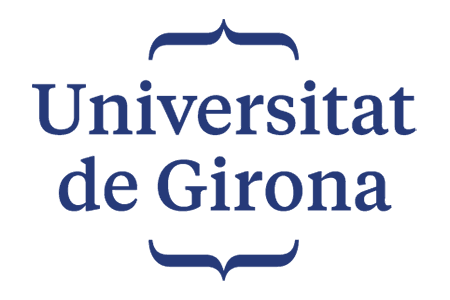
research partecipants
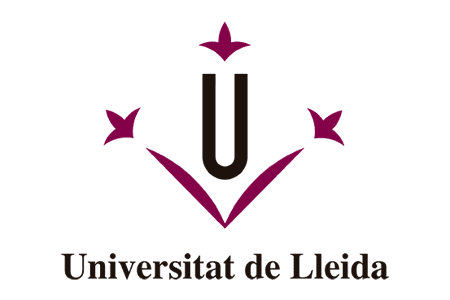
research partecipants
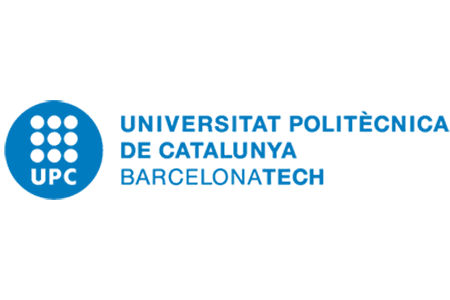
research partecipants

research partecipants
research partecipants
team Cyprus
team leader
Panayiotis Charalambous
Research Team Leader (V-EUPNEA: Living, Breathing Virtual Worlds MRG)
Computer Graphics, Computer Animation
CYENS – Centre of Excellence
Nicosia, Cyprus

Universitat de Barcelona www.ub.edu
research partecipants
Andreas Lanitis
Professor at Cyprus University of Technology, Team Leader of BioScent MRG at CYENS CoE
Image Processing, Multimedia and Graphic Art
Theopisti Stylianou-Lambert
Associate Professor at Cyprus University of Technology, Team Leader of Museum Lab MRG at CYENS CoE
Museum Studies, Multimedia and Graphic Art
Theodoros Constantinou
Graphic Artist / Research Associate
Photogrammetry/ Drone Pilot
team Italy
team leader
Giulia Bordi
Associate Professor
Art History
Università degli Studi Roma Tre
Rome, Italy
team leader
Paola Luisa Pogliani
Assistant Professor
Art history
Università degli Studi della Tuscia
Viterbo
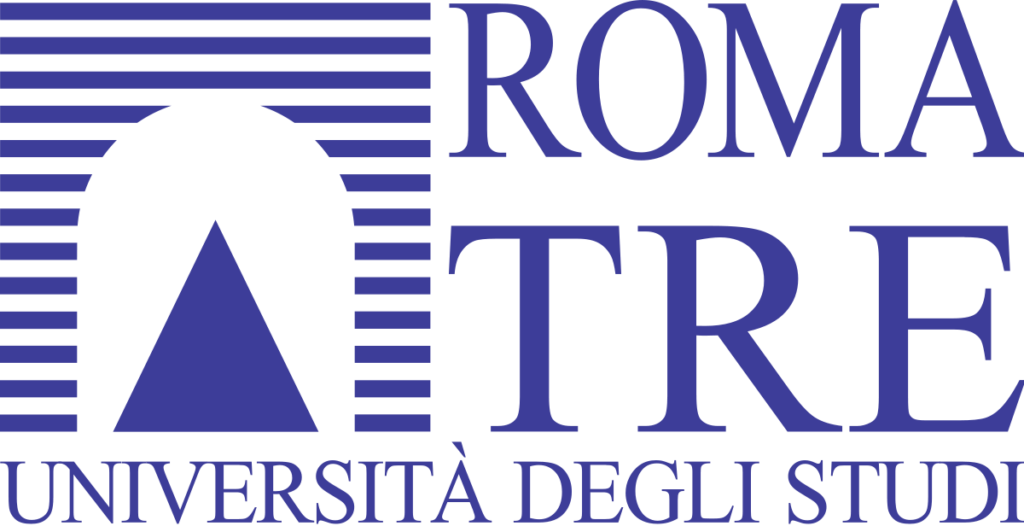
research partecipants
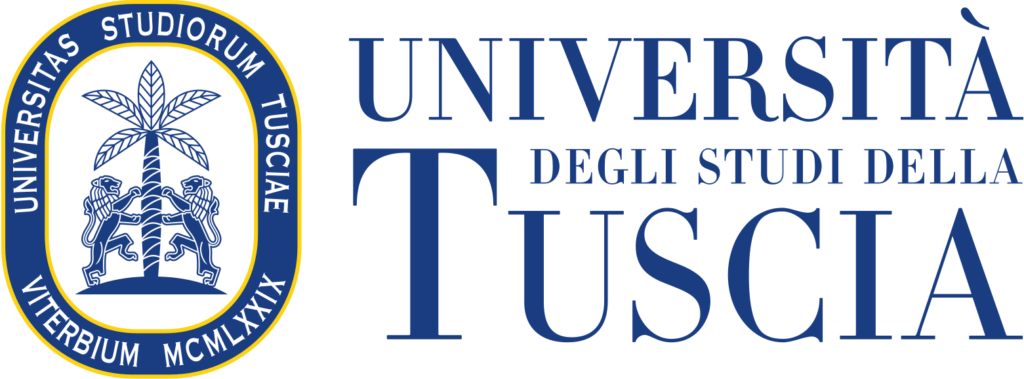
research partecipants
Giuseppe Calabrò
Full Professor
Electric Engineering and Magnetic Fusion Energy
Claudia Colantonio
Postdoctoral Research Associate
Conservation of Cultural Heritage Engineering
